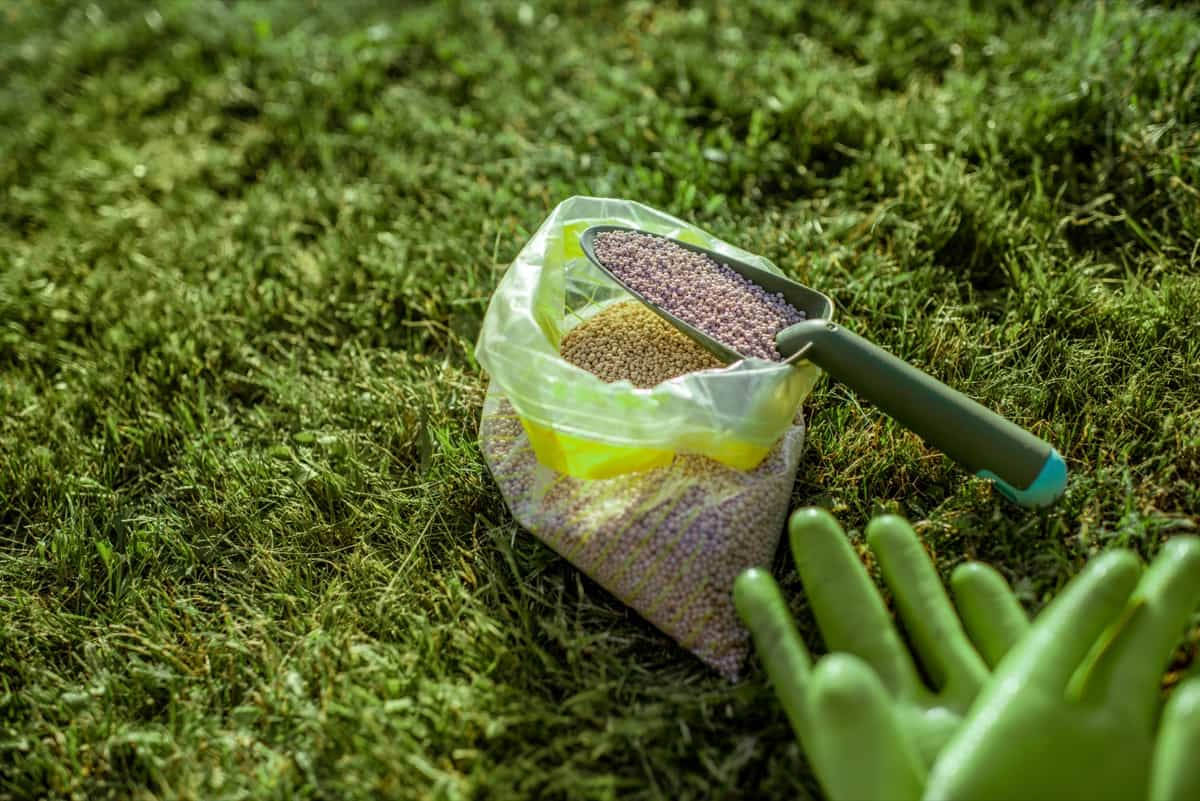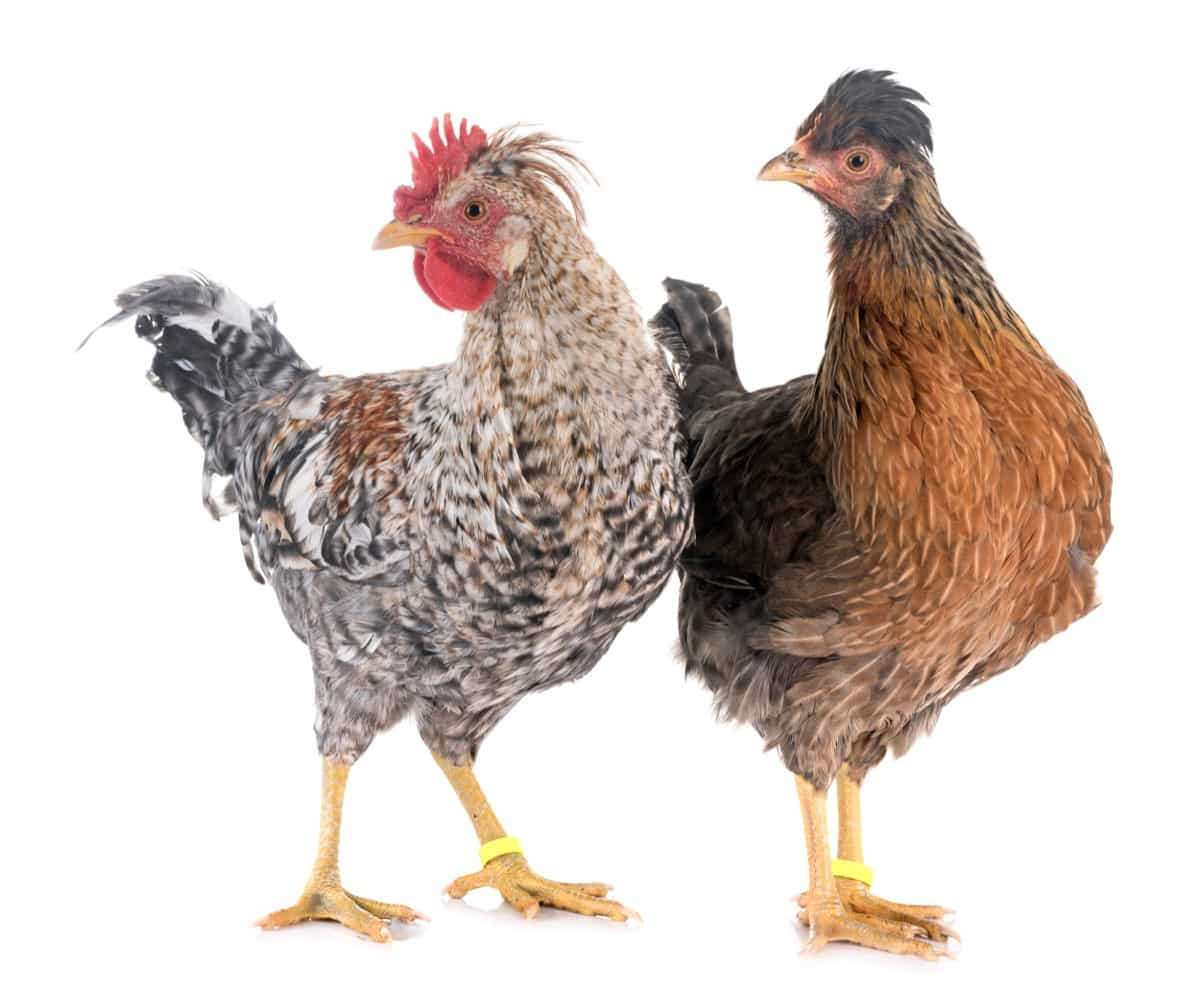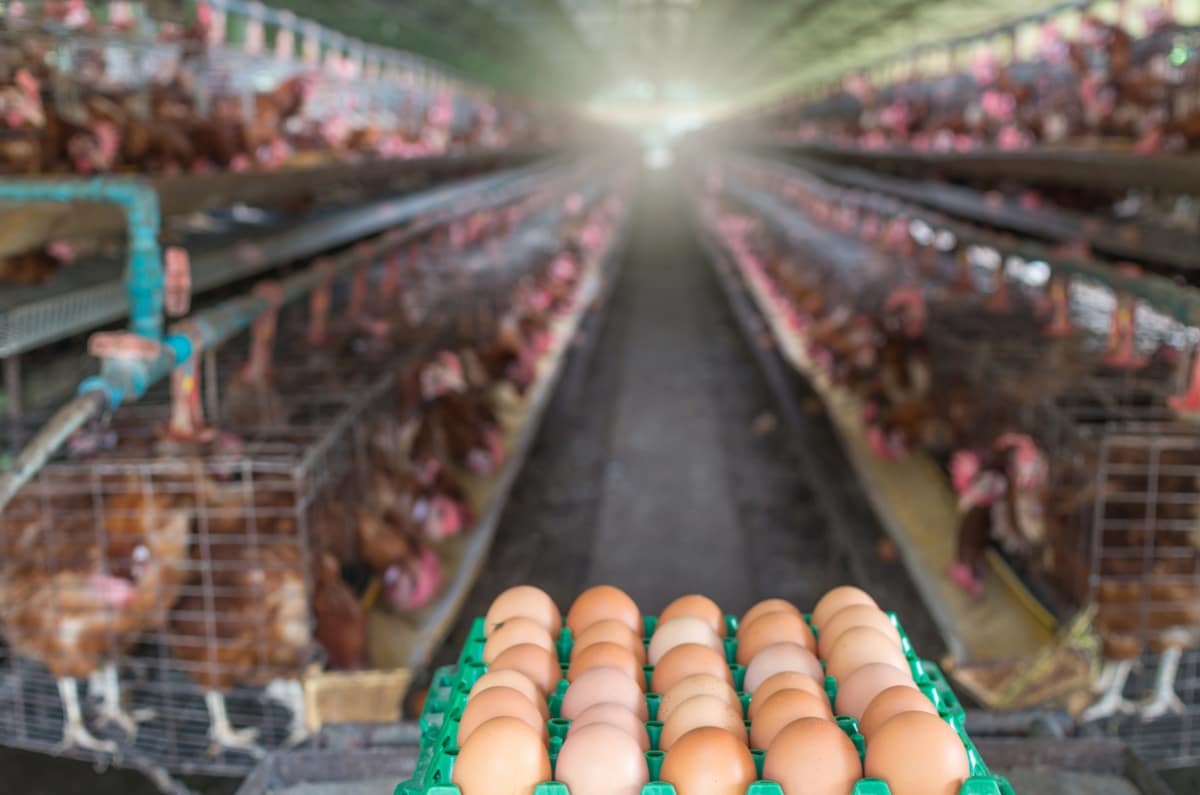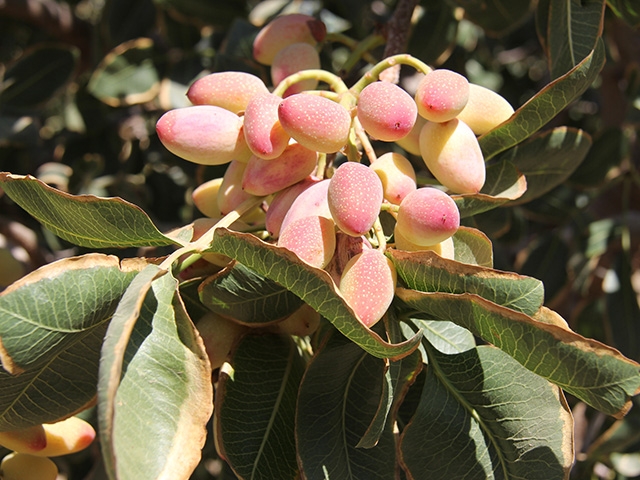Benefits of DAP fertilizer: price, composition, how and when to apply
Dap fertilizer, scientifically known as diammonium phosphate, plays a vital role in modern agriculture due to its remarkable benefits. Composed of nitrogen and phosphorus, this fertilizer provides a balanced blend of essential nutrients for plant growth and development. Its well-defined composition guarantees effective absorption, leading to better crop yields.

Understanding when and how to apply application is crucial to maximize its benefits. This blog discusses the economics, nutrient composition, and recommended practices for applying Dap fertilizer, providing you with essential knowledge for successful agricultural projects.
What is DPA?Diammonium phosphate is the most commonly used phosphorus fertilizer in the world, containing 18% nitrogen. In 2019, global agricultural consumption of DAP reached 17.2 million tonnes, with India being the largest consumer. The top five countries including India, USA, Pakistan, Bangladesh and Turkey accounted for 92.01% of DAP usage. Pakistan's share of urea consumption is about 11.81%. The ammonium content of DAP makes it an excellent source of nitrogen.
Only a small part is produced locally, the majority being imported. DAP fertilizer is an excellent source of nitrogen and phosphorus for plant nutrition. Due to its high solubility, it quickly disintegrates in the soil and releases phosphate and ammonium, which are useful for plants. The alkaline pH surrounding the dissolving granule is an important characteristic of DAP. DAP contains ammonium, an excellent source of nitrogen, which soil bacteria will gradually convert to nitrate, thereby lowering the pH.
Top Leading DAP Producing CompaniesDAP (diammonium phosphate) is a key player in the Indian fertilizer industry, producing high quality products that improve soil fertility and crop productivity. Companies like Deepak Fertilizers, Coromandel, PPL, FACT, GSFC, GNVFC, IFFCO and ZIL are dedicated to sustainable farming practices and improving agricultural productivity. Their products contribute to food security, replenish soil nutrients and promote sustainable agricultural practices.
Different forms/types of DAP fertilizers on the marketDAP fertilizers are widely used to supply nutrients to plants. Granulated DAP is the most common type, breaking down solid particles into tiny grains to gradually release nutrients. Crystallized DAP is a more concentrated version containing tiny crystalline particles that dissolve easily in water. Ammonia DAP, treated with ammonia gas, contains more nitrogen and is used as an initial fertilizer for crops with high nitrogen requirements.
In case you missed it: Banana Fertilizer Requirements and Recommendations: Timing and Application Methods

DAP coated is a type of DAP fertilizer covered with a thin layer of polymer, regulating the release of nutrients. Liquid DAP is a concentrated liquid form used in foliar feeding for rapid nutrient uptake. Standard DAP, with 18% nitrogen and 46% phosphorus, is used for crops like corn, wheat and soybeans due to its high phosphorus concentration.
Relatively slow...

Dap fertilizer, scientifically known as diammonium phosphate, plays a vital role in modern agriculture due to its remarkable benefits. Composed of nitrogen and phosphorus, this fertilizer provides a balanced blend of essential nutrients for plant growth and development. Its well-defined composition guarantees effective absorption, leading to better crop yields.

Understanding when and how to apply application is crucial to maximize its benefits. This blog discusses the economics, nutrient composition, and recommended practices for applying Dap fertilizer, providing you with essential knowledge for successful agricultural projects.
What is DPA?Diammonium phosphate is the most commonly used phosphorus fertilizer in the world, containing 18% nitrogen. In 2019, global agricultural consumption of DAP reached 17.2 million tonnes, with India being the largest consumer. The top five countries including India, USA, Pakistan, Bangladesh and Turkey accounted for 92.01% of DAP usage. Pakistan's share of urea consumption is about 11.81%. The ammonium content of DAP makes it an excellent source of nitrogen.
Only a small part is produced locally, the majority being imported. DAP fertilizer is an excellent source of nitrogen and phosphorus for plant nutrition. Due to its high solubility, it quickly disintegrates in the soil and releases phosphate and ammonium, which are useful for plants. The alkaline pH surrounding the dissolving granule is an important characteristic of DAP. DAP contains ammonium, an excellent source of nitrogen, which soil bacteria will gradually convert to nitrate, thereby lowering the pH.
Top Leading DAP Producing CompaniesDAP (diammonium phosphate) is a key player in the Indian fertilizer industry, producing high quality products that improve soil fertility and crop productivity. Companies like Deepak Fertilizers, Coromandel, PPL, FACT, GSFC, GNVFC, IFFCO and ZIL are dedicated to sustainable farming practices and improving agricultural productivity. Their products contribute to food security, replenish soil nutrients and promote sustainable agricultural practices.
Different forms/types of DAP fertilizers on the marketDAP fertilizers are widely used to supply nutrients to plants. Granulated DAP is the most common type, breaking down solid particles into tiny grains to gradually release nutrients. Crystallized DAP is a more concentrated version containing tiny crystalline particles that dissolve easily in water. Ammonia DAP, treated with ammonia gas, contains more nitrogen and is used as an initial fertilizer for crops with high nitrogen requirements.
In case you missed it: Banana Fertilizer Requirements and Recommendations: Timing and Application Methods

DAP coated is a type of DAP fertilizer covered with a thin layer of polymer, regulating the release of nutrients. Liquid DAP is a concentrated liquid form used in foliar feeding for rapid nutrient uptake. Standard DAP, with 18% nitrogen and 46% phosphorus, is used for crops like corn, wheat and soybeans due to its high phosphorus concentration.
Relatively slow...
What's Your Reaction?






















